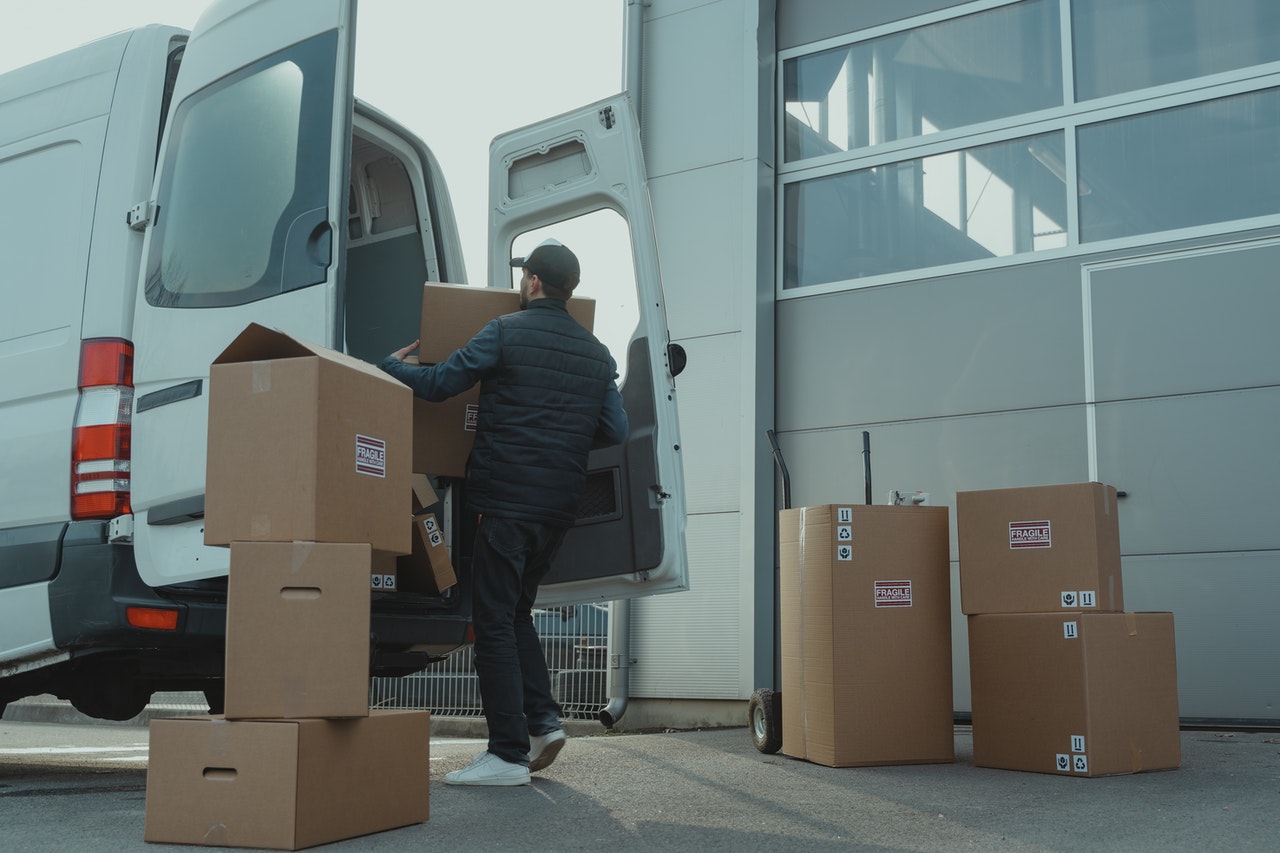How to Pack a Car for Moving? The Ultimate Guide
How to pack a car for moving? You’re about to move to a new place, and you’ve already decided to carry part of your possessions in your automobile. That sounds like a courageous decision, especially when your future home is hundreds (or thousands!) of miles away from where you are present. But, it’s what you’re going to do, brave or not, and there’s no turning back now.
Taking a second vehicle journey is often out of the question, so you’ll have to figure out how to fit all of your belongings into the car.
In truth, packing a vehicle for a cross-country relocation is far from simple — you’ll need to know how to protect your goods from damage, optimize storage space in your car, and make the car ride safe, comfortable, and enjoyable for all car passengers.
The most efficient and safe method to pack a car for a move is detailed in full below with the aid of easy-to-follow instructions for packing a car while relocating.
Before you pack your automobile for a move, there are a few things you should do.
First, before you begin packing your car for a relocation, be sure you’re physically capable of completing the work. These pre-packing activities are crucial, and it’s not a good idea to ignore them and start filling up your car’s storage capacity without first making a thorough packing strategy.
Before the move, stop buying new items
Once you’ve decided to pack and move some of your belongings in your vehicle, you should cease buying additional items that you’ll need to fit into your car’s extremely restricted storage capacity. To put it another way, you’ll need to be very aware of what you buy in the weeks leading up to moving out.
Instead of buying new items that will almost certainly need to be transferred, concentrate on sorting out what you already have (see below) and getting rid of anything you don’t require. In most circumstances, you won’t be able to fit everything in the car, so be prepared to make some sacrifices.
While you are unlikely to buy new furniture just before you move, you may continue to buy more food than you can reasonably consume before the vehicle trip begins. Packing perishable food in the car isn’t a bright idea (unless it’s the perishables you want to consume on the journey), and loading up your vehicle with non-perishables like canned foods is, put a horrible idea.
Sort the items you’re bringing in the car
Before you start filling up your automobile, make sure it’s ready to go.
Above all, you’ll need to organize the stuff you wish to bring in the car and choose which ones you should leave behind. That sorting job is more significant than you realize since it will save you from making a handful of costly errors: 1) packing stuff you won’t need after the move, and 2) packing items you shouldn’t since they’re dangerous.
During the house inventory process, separate your belongings and set aside the ones you’ll transport in your car. First and foremost, get rid of any unnecessary items that can clog up your car’s storage area. Second, appropriately dispose of any hazardous products (anything caustic, explosive, or combustible) – dangerous things that you are not permitted to pack and carry in the first place.
Clean and tidy up your car’s interior
Remove anything inside your car that you don’t need during the cross-country move. This is a terrific approach to load more in your automobile. You may choose to keep your car tidy and clean, ready for loading, but you may also have a lot of other items inside that will further reduce the amount of storage space available in your vehicle.
Make a comprehensive check of the contents of your automobile and decide whether or not they should remain there. Pay specific attention to the trunk, which is where you’ll be storing most of your packed belongings anyhow. Remember that the more room you clear up before packing, the more items you’ll be able to put inside the car – which is exactly what you want, right?
Also, clean the vehicle seats and the areas surrounding them with a vacuum cleaner (a portable one will suffice). This will make your automobile ride more pleasant and joyful until you reach your final destination.
Purchase an overhead carrier for your car
If your car is tiny and you know you won’t be able to accommodate everything you want to take with you, you can consider acquiring an overhead carrier to provide extra storage space.
High-quality overhead carriers may be pricey, and the last thing you want to do during an already expensive house move is to spend money on something you might not need.
While this is true, consider the additional cost investment because the overhead carrier will continue to serve you long after the transfer is completed. Furthermore, your inability to fit all of the stuff you’re relocating may wind up being the more expensive alternative.
Conclusion
Did you wonder how to pack a car for moving? If your answer is yes, this article is what you need. Follow our blogs for more moving and packing tips and tricks.




